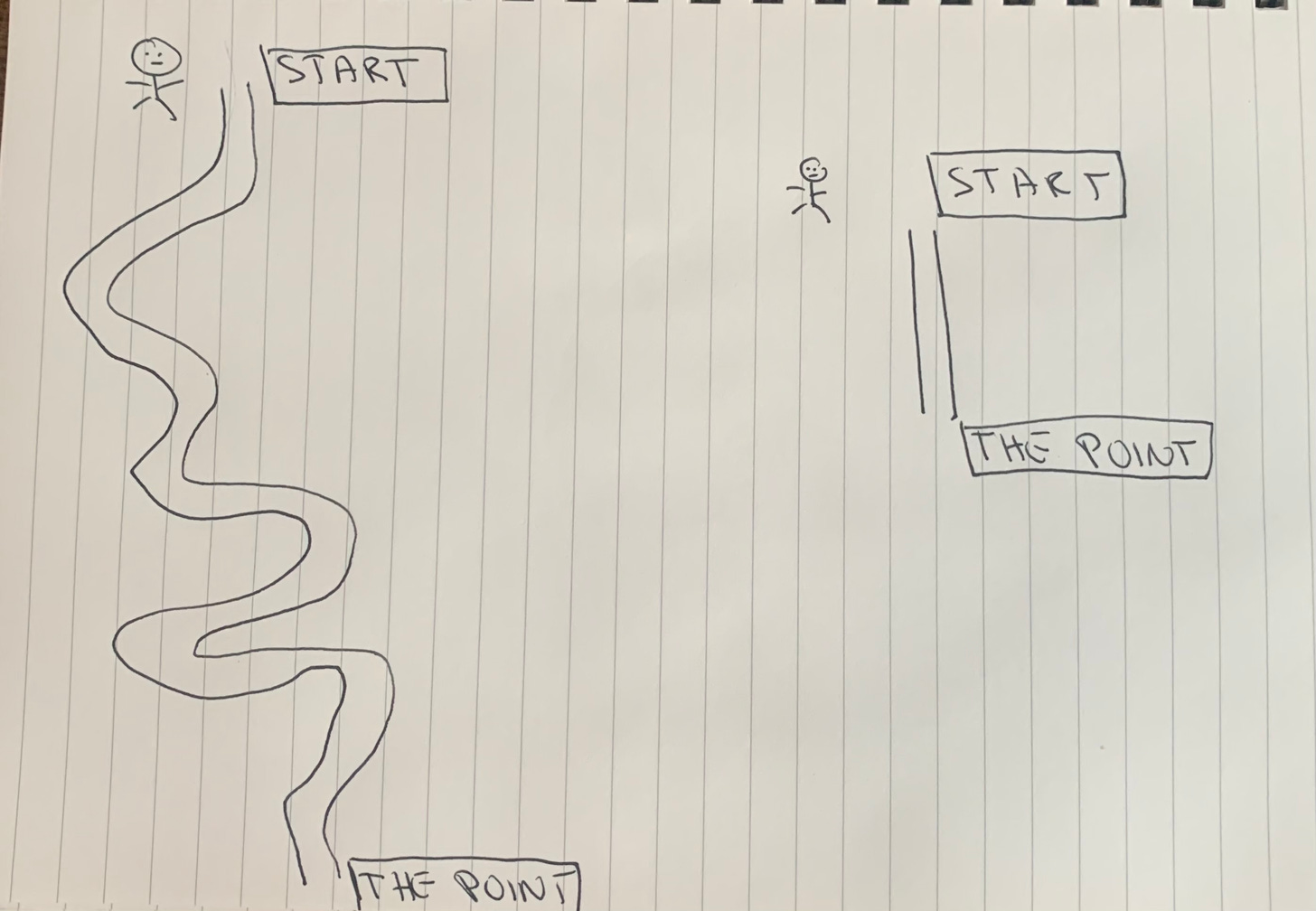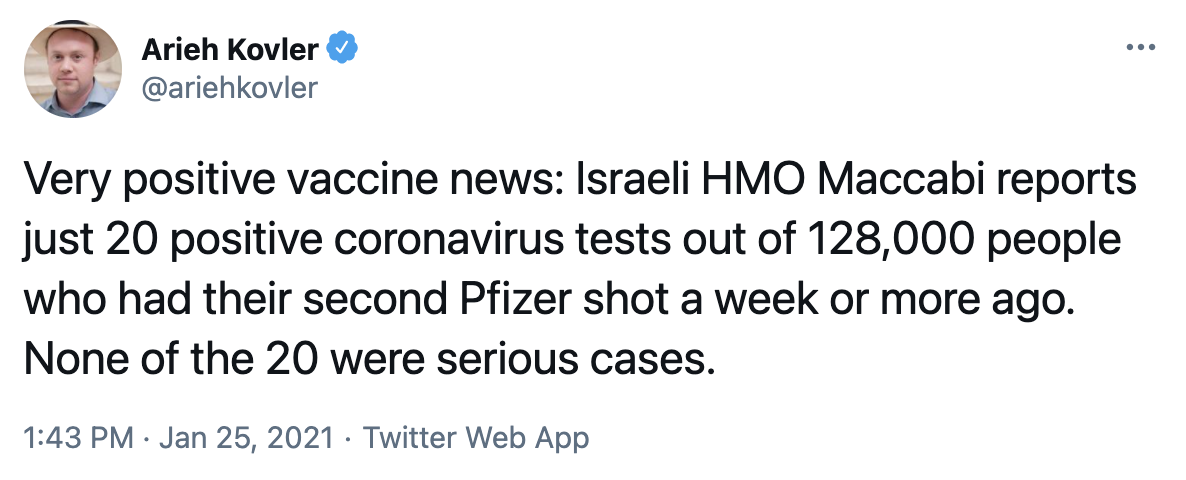Why is this interesting? - The Brevity Edition
On media, sharp editing, and getting to the point
Why is this interesting? The Brevity Edition
Brian Morrissey (BM) is a longtime friend of WITI. He’s the former editor of Digiday, and one of the most astute (and no-nonsense) commentators on digital media. We noticed this on his new newsletter, The Rebooting, and asked him to run it as a WITI. He got the EZ-pass lane to join our contributors Slack, as a result. -Colin (CJN)
Brian here. Quartz was right about one big thing: Most articles are too long. Quartz co-founder Kevin Delaney put it this way to me over five years ago: “A lot of the 800-word stories have been padded out with the B matter. It’s called B matter because it’s B grade, not A matter, which is the focal point of the story.”
Brevity is more important than ever. There is simply too much content let loose on the world these days. Perhaps this is the feeling of an Analog Native who grew up waiting for Sports Illustrated to arrive in the mail and contented himself with four channels controlled by rabbit ears. (With Netflix, I’d certainly never have an encyclopedic knowledge of “Hogan’s Heroes.”) During early Digiday, we did some kind of personality exam that advised people dealing with me to “be brief, be bright, be gone.” Many publications could stand to heed that too.
When I’m listening to five minutes of throat clearing and nonsense to kick off a podcast, I’m reminded of Vacation when Cousin Eddie noted: “Not sure why they call it Hamburger Helper; does just fine on its own.” 90% of hour-long podcasts should be a half-hour. No Clubhouse session should last an hour. Even a nationwide vaccination plan could use some editing.
Why is this interesting?
The Substack Era is in many ways a reaction to the nonsense of the Scale Era, which saw algorithms reward flimsy content like embeds of viral tweets and idiotic SEO games that make finding a recipe a journey of self-discovery. The Substack world, I have noticed, gravitates to the essay format, sometimes presented as a “memo” of “deep dive” and invariably ending up long. Some of this is imitation. Many Substacks, consciously or not, mimic the approach taken by Stratechery. And it’s no coincidence that few Substacks have editors pushing the writers to be brief.
I hope this next interaction of digital media becomes more concise. Removing the unnecessary to get to the essence improves products and shows respect for the audience. “Engagement” is too often confused with time spent. The measure is actually just an imperfect gauge of value. Saving people time is always a good product strategy.
One hopeful sign: Podcasts are getting briefer. Podcasting’s boom was marked by leaders like Bill Simmons regularly dropping 90-minute episodes. That level of commitment escapes me. The newer model is “How It Happened,” a new Axios podcast with the insider view of Trump’s final days in office from ace White House reporter Jonathan Swan. The first two episodes clock in at under 20 minutes. “Vox Quick Hits” is going even briefer with daily episodes of 10 minutes. (BM)
Tweet of the day:
The vaccine data out of Israel is just extraordinary. Here’s Haaretz from two days ago: “Maccabi Healthcare Services announced on Monday evening that only 20 out of 128,600 of its patient-clients who received both doses of the Pfizer coronavirus vaccine tested positive for the virus at least a week after having received the second and final dose.” As pessimistic as I’ve felt at various points over the last year about the handling of COVID, I feel optimistic about how amazing these vaccines are. Unfortunately, we seem to be messing up the communication (and operations) once again. Hopefully, we get this sorted fast and are on a faster road to recovery than anyone could have expected. (NRB)
Quick Links:
Andreessen Horowitz’s new media play, despite the sensitivity of the tech media, is a welcome development. A VC firm isn’t going to do journalism; they’ll bring a different lens to important issues. There’s too much zero-sum thinking about this (and most things in life). (BM)
BI has proven a lot of doubters wrong. Growing 20% in a plague year is impressive on its own, but what I’ve been most impressed by is how BI has used its strong position to scoop up top talent that will power it to realize disproportionate gains on the other side of the pandemic. Every crisis is an opportunity (for some). (BM)
The next evolution of the newsletter boom is underway. Forbes has its twist on newsletters, Pico gives more control to micro-media entities like Defector and The Generalist, and Twitter is now a player with its purchase of Revue. We’re seeing more writers move around for a model that works for them. Substack solves a particular problem for a particular group. There is room for other models. (BM)




